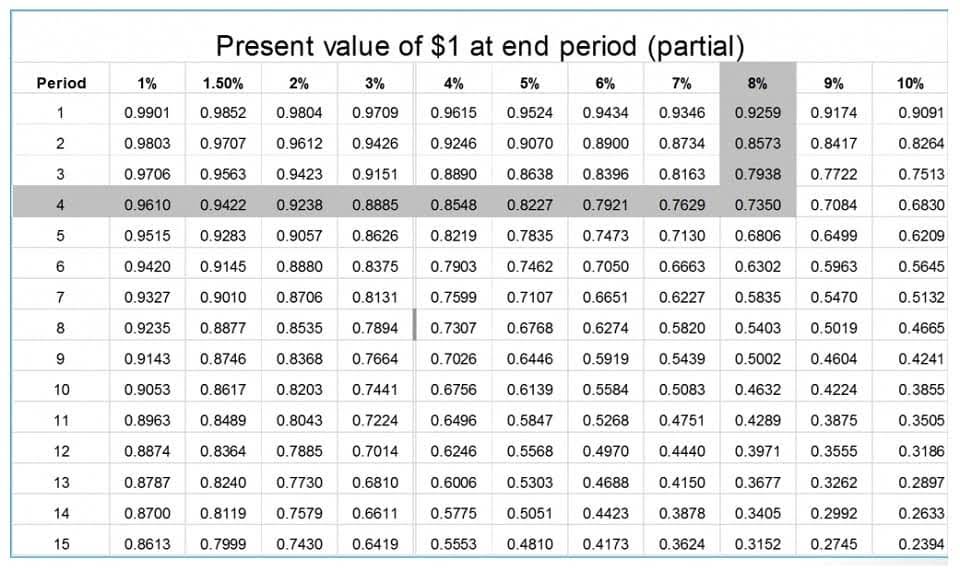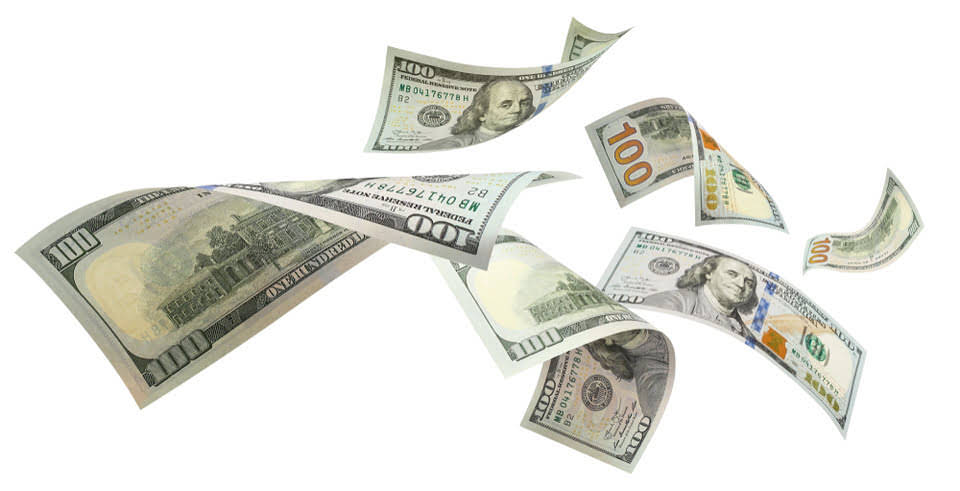
The final change in net working capital net working capital figure, in this case, $405,000, provides valuable insights into your business’s financial condition. A positive net working capital indicates that your business is in good financial shape and can invest in growth and expansion. If it’s zero, your business can meet its current obligations but may need more investment capacity. To find the change in Net Working Capital (NWC) on a cash flow statement, subtract the NWC of the previous period from the NWC of the current period. This calculation helps assess a company’s short-term liquidity and operational efficiency.
Purpose of Preparing the Statement

Each one of these steps will help improve the short-term liquidity of the company and positively impact the analysis of net working capital. If fixed assets a company can’t meet its current obligations with current assets, it will be forced to use it’s long-term assets, or income producing assets, to pay off its current obligations. This can lead decreased operations, sales, and may even be an indicator of more severe organizational and financial problems.
- It means that the company has enough current assets to meet its current liabilities.
- An increase in the balance of an operating asset represents an outflow of cash – however, an increase in an operating liability represents an inflow of cash (and vice versa).
- Working capital is calculated from the assets and liabilities on a corporate balance sheet, focusing on immediate debts and the most liquid assets.
- Access Xero features for 30 days, then decide which plan best suits your business.
- A company with positive working capital generally has the potential to invest in growth and expansion.
Change in Net Working Capital (NWC) Explained

Key factors include expenses, financial statements, and effects on the cash flow statement. It reflects the fluctuations in a company’s short-term assets and liabilities. It shows how efficiently a company manages its current resources, such as cash, inventory, and accounts payable. Positive changes indicate improved liquidity, while negative changes may suggest financial strain.
How is change in working capital calculated?

A boost in cash flow and working capital might not be good if the company is taking on long-term debt that doesn’t generate enough cash flow to pay it off. Conversely, a large decrease in cash flow and working capital might not be so bad if the company is using the proceeds to invest in long-term fixed assets that will generate earnings in the years to come. As the different sections of a financial statement impact one another, changes in working capital affect the cash flow of a company. If efforts to improve working capital ratio haven’t worked, as a last resort you may be able to apply for a working capital loan, which is a loan to fund the day-to-day operations of a business at risk.
How Working Capital Impacts Cash Flow
- Any change in working capital can affect cash flow, which is the net amount of cash and cash equivalents being transferred in and out of a company.
- Now that we understand the basics and the formula of the concept, let us understand how to calculate the changes in net working capital cash flow through the step-by-step explanation below.
- In short, measuring the change in NWC by deducting the ending period balance from the beginning period balance tends to be more intuitive in terms of understanding the impact on cash (i.e. “inflow” or “outflow”).
- If your business’s net working capital is substantially positive, that’s a good sign you can meet your financial obligations in the future.
- However, the more practical method is to convert the figure into a percentage for forecasting (and comparability).
- The current liabilities section typically includes accounts payable, accrued expenses and taxes, customer deposits, and other trade debt.
This is a sign of financial health, since it means the company will be able to fully cover its short-term obligations as they come due over the next year. But if current liabilities exceed current assets, the business has negative working capital, which indicates the business may struggle to meet its debts without borrowing or raising funds. Since the total operating current assets and operating current liabilities were provided, the next step is to calculate the net working capital (NWC) for each period. In simple terms, working capital is the net difference between a company’s current assets and current liabilities and reflects its liquidity (or the cash on hand under a hypothetical liquidation). A statement of changes in working capital is prepared to measure the increase or decrease in the individual items of current assets and current liabilities.

Discover how you can enhance cash forecasting accuracy with AI
Continuing with the example, if you owe $678,000, you will subtract this amount from your $2.158 million, leaving you with $1.48 million. We also discuss how to manage capital to work as an asset for your business, and the impacts of changes on your cash flow and other aspects of your business. Most major new projects, like expanding production or entering into new markets, often require an upfront investment, reducing immediate cash flow. Therefore, companies needing extra capital or using working capital inefficiently can boost cash flow by negotiating better terms https://www.bookstime.com/ with suppliers and customers. While A/R and inventory are frequently considered to be highly liquid assets to creditors, uncollectible A/R will NOT be converted into cash.
In short, measuring the change in NWC by deducting the ending period balance from the beginning period balance tends to be more intuitive in terms of understanding the impact on cash (i.e. “inflow” or “outflow”). Suppose an appliance retailer mitigates these issues by paying for the inventory on credit (often necessary as the retailer only gets cash once it sells the inventory). For example, imagine the appliance retailer ordered too much inventory – its cash will be tied up and unavailable for spending on other things (such as fixed assets and salaries). Moreover, it will need larger warehouses, will have to pay for unnecessary storage, and will have no space to house other inventory. The three sections of a cash flow statement under the indirect method are as follows. For information pertaining to the registration status of 11 Financial, please contact the state securities regulators for those states in which 11 Financial maintains a registration filing.
Balance Sheet Assumptions
Investment decisions also play a role as investments in new equipment or technology can alter the balance between current assets and liabilities. Finally, expenses such as payroll and rent contribute to monthly fluctuations. A company with positive working capital has more current assets than liabilities. This indicates good short-term financial health, allowing the company to invest and grow. A negative working capital situation occurs when current liabilities exceed current assets.